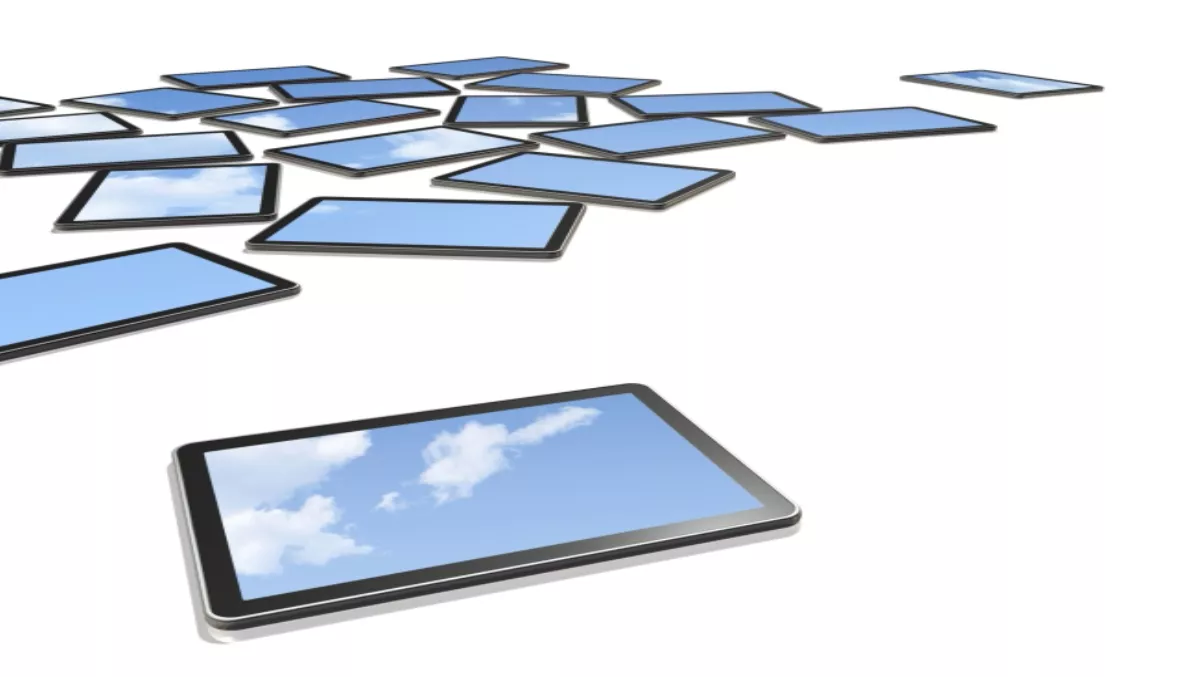
Tablet computing and the imminent threat to the desktop operating system
With the burgeoning craze around tablet computing, it is little wonder that Microsoft is getting in on the action, albeit awfully late in the game.
While it has successfully staved off challenges from the likes of all kinds of Linux and even mighty Apple’s OS-X, never before has Windows come up against such a sustained assault as it now faces.
That’s because consumers are turning to lightweight, more functional and cheaper devices in droves.
Until recently, the notion that a tablet could replace a notebook for the majority of the market seemed somewhat absurd; I didn’t think it likely. However, that position seems to be eroding, and fast.
Anecdotally, just this week, two people I know ditched their laptops in favour of a tablet computer. Both chose variants of Asus’ Transformer machines because of the keyboard; both are predominantly ‘information consumer’ users, and both understand how the cloud removes the need for the installation of such archaic software as Microsoft Office.
A sample of two is indeed very small (although each member of this particular sample is located 12,000km apart, at least making my ‘research’ multinational). However, more capable researchers appear to be hinting at the same conclusion.
Crown jewels under fire
While Microsoft is a diverse animal offering everything from games consoles to enterprise resource planning solutions, its real moneymakers are its Windows operating system and its Office productivity suite. It’s a great business for the ‘Beast of Redmond’; by their billions, software licenses are the ultimate commodity since they are really a virtual rather than physical product (write once, sell plenty).
Google’s Android and its various other services, like Gmail, Docs and Drive, add up to a pretty handy and totally viable set of applications to do exactly what Office and Windows do for you. For the home user, that means pretty much no overhead outside of the hardware, to get you up and running.
In the office, products like Docs and Gmail are being used by plenty of companies. It works, and pretty well at that (I have a personal disdain for Google Docs, preferring the familiarity and comfort of my trusty Office 2007 - but that’s beside the point.)
A kick in the crown jewels is never a good thing; Microsoft is obliged to respond, regardless of collateral damage.
Shoehorning: The square peg and the round hole
Microsoft’s answer to this clear and present danger is the recent release of Office 365 and the announcement of the Surface and the odd Windows 8. The Surface, as we already know, comes in a ‘stopgap’ RT version, to be announced soon, and a ‘fully featured’ one, coming later. The RT is probably the real problem child: it simply is not a Windows device, certainly not as you and I have come to know them.
Don’t expect your existing software to work - so you might as well buy an Android tablet, or an iPad (as David Gewirtz makes clear in this excellent analysis), and join the tens of millions of happy owners. Remember, Microsoft is 55 million units and three generations behind Apple, more or less.
That means no ecosystem, far, far, far fewer apps, etc. You know this stuff already. Essentially, with Windows 8 and Office 365, Microsoft is responding to Google’s challenges by trying to turn its existing products into cloud-based, touch-driven products. Shoehorning often has undesirable results, as Adrian Kingsley Hughes makes clear.
History has taught us that even the greatest empires must eventually decline. The tablet market, created by Apple less than three years ago, coupled with cloud computing, could be Microsoft’s Waterloo.
Or, against considerable odds, we could see Microsoft emerging from decline like the mythical Phoenix (and the real Apple).

